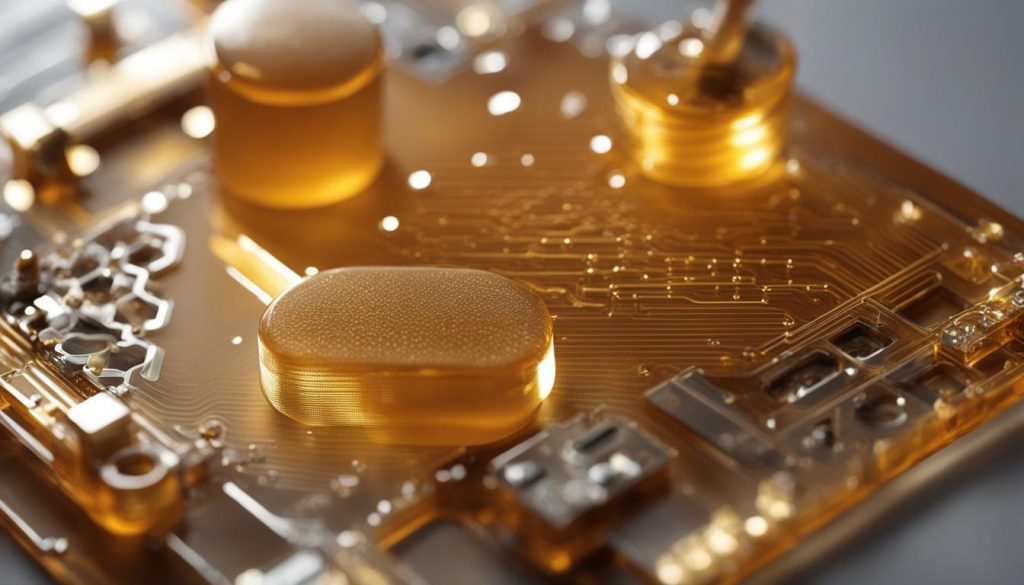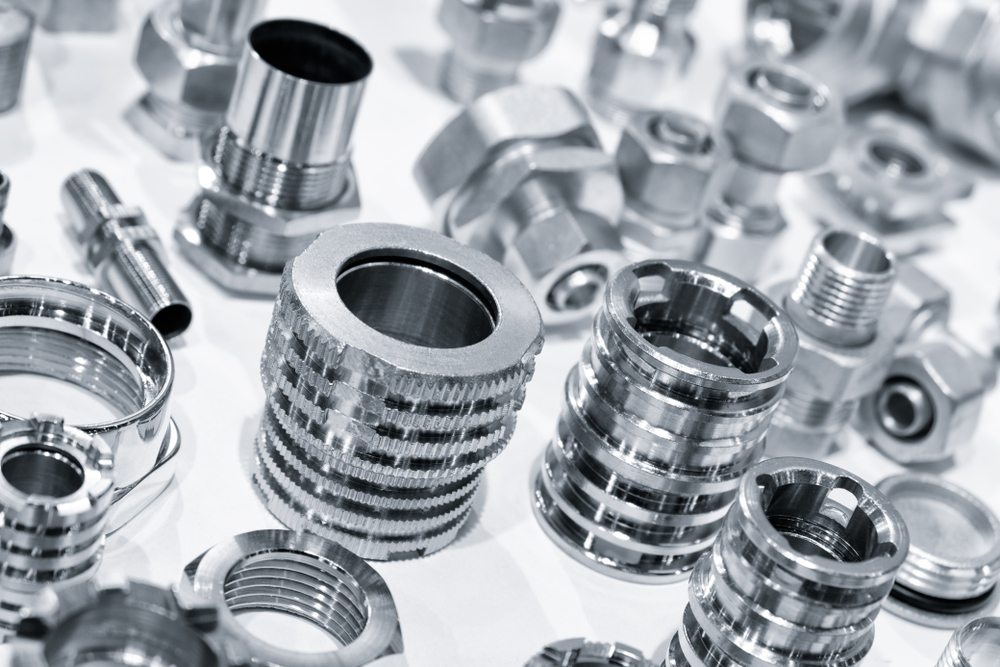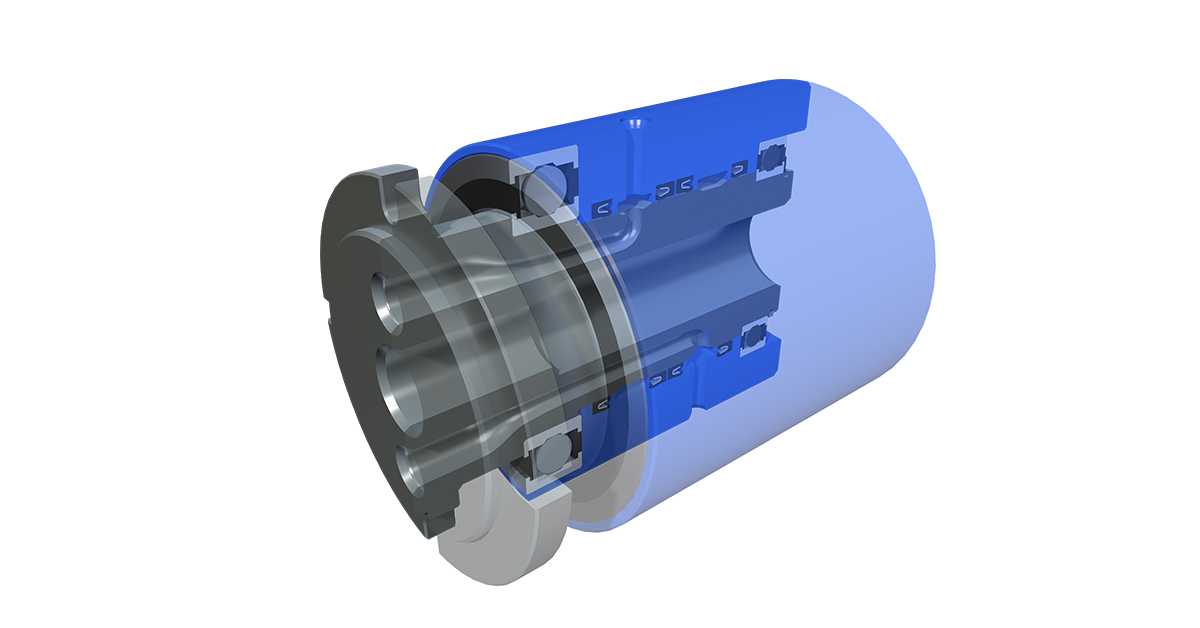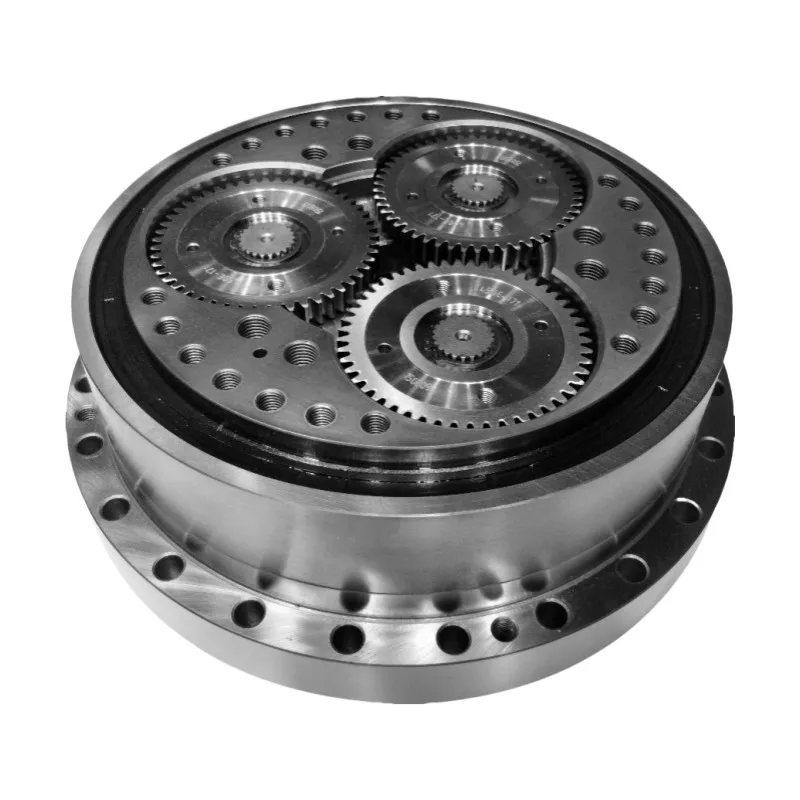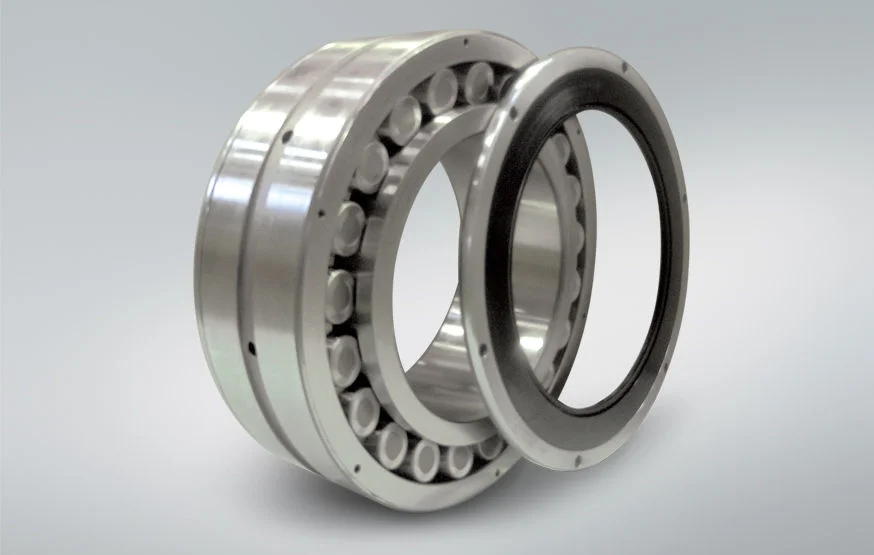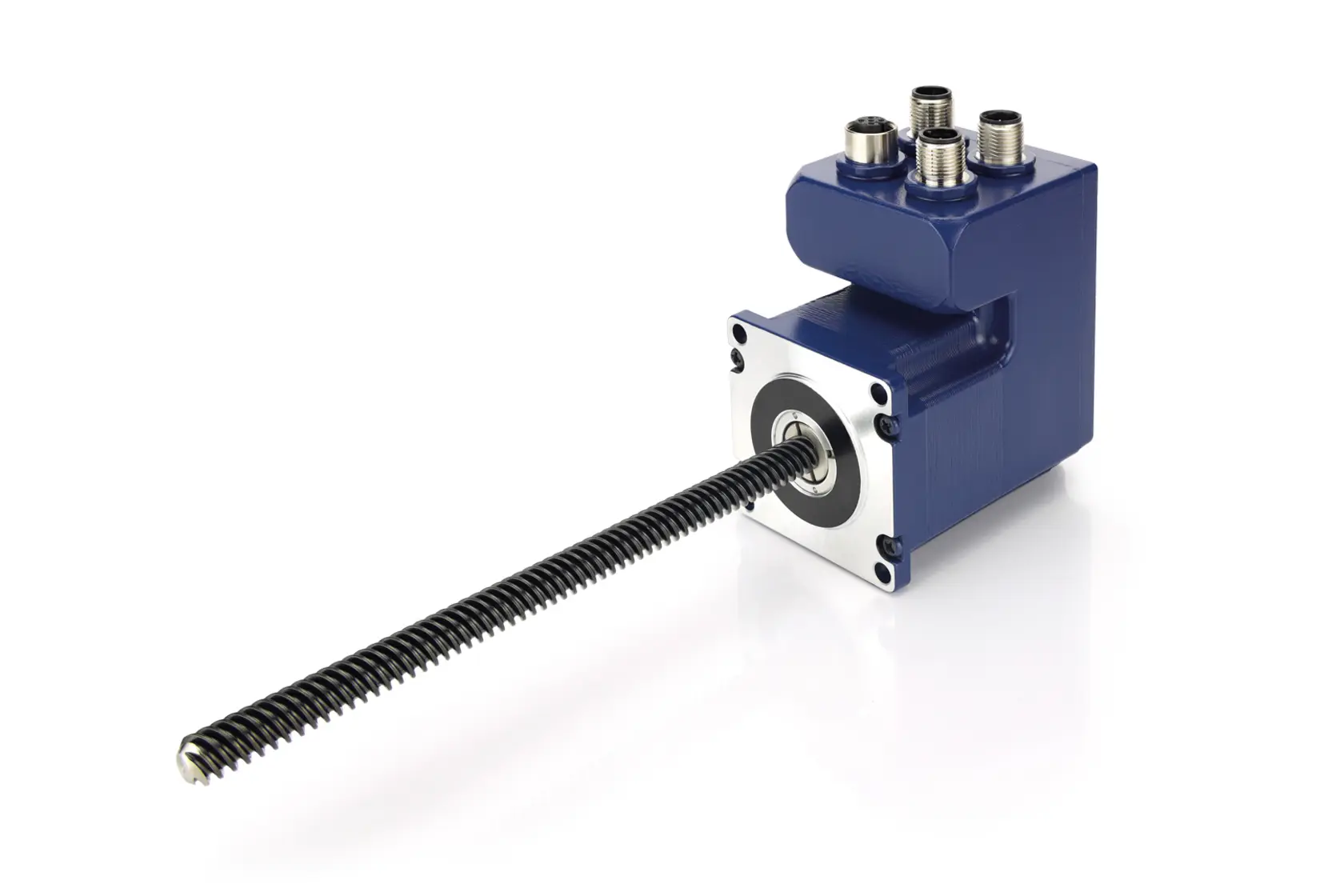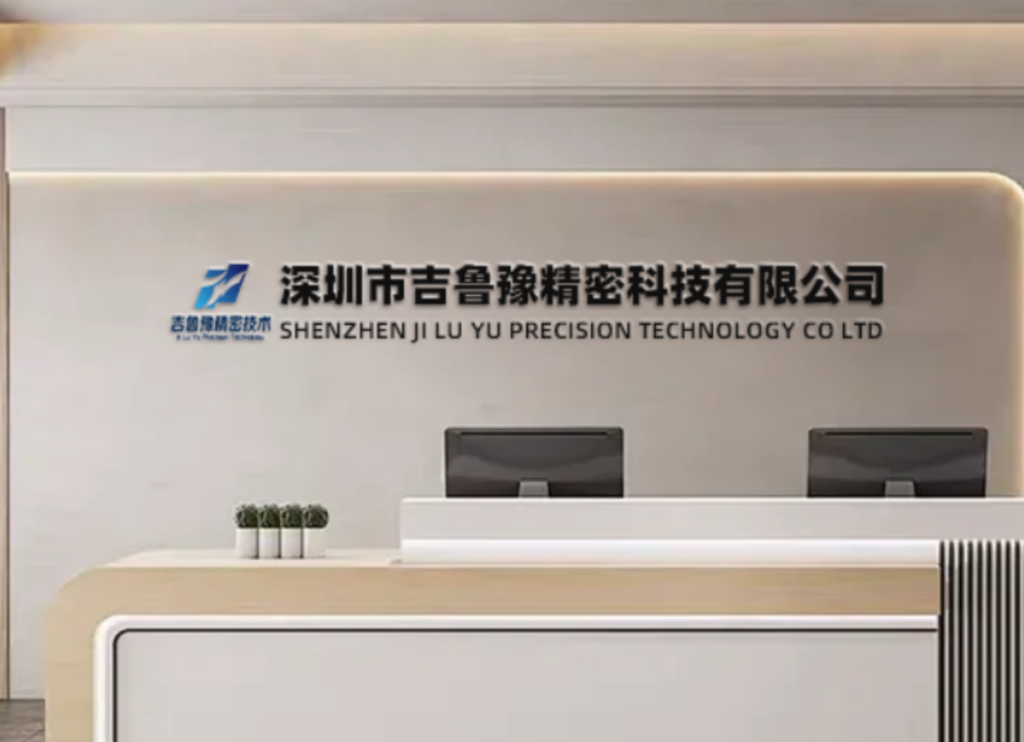Understanding ULTEM Material Properties for Prototyping Applications
Fundamental Characteristics
ULTEM possesses a unique combination of properties that make it particularly valuable for functional prototyping:
Table 1: Key Properties of ULTEM Material for Prototyping
| Property | Value/Description | Prototyping Significance |
|---|---|---|
| Tensile Strength | 110 MPa | Withstands functional testing loads comparable to production materials |
| Heat Deflection Temperature | 200°C at 1.82 MPa | Suitable for high-temperature environment simulations |
| Continuous Service Temperature | Approximately 170°C | Maintains integrity in thermal cycling tests |
| Flame Resistance | UL94 V-0 rated | Critical for aerospace and electrical applications |
| Chemical Resistance | Excellent against hydrocarbons, alcohols, acids | Withstands exposure to various fluids in testing |
| Dielectric Strength | Excellent insulator | Ideal for electrical and electronic components |
ULTEM’s high mechanical performance remains consistent across a wide temperature range, making it invaluable for prototypes that must function in demanding thermal environments . The material maintains its structural integrity where many other thermoplastics would soften or deform, providing more accurate performance data during prototype validation.
Comparison with Alternative Prototyping Materials
While several materials serve prototyping applications, ULTEM offers distinct advantages for demanding applications:
-
Compared to ABS: ULTEM provides superior thermal stability and chemical resistance, crucial for functional testing under extreme conditions
-
Compared to Polycarbonate: ULTEM offers better flame resistance and higher continuous use temperature
-
Compared to PEEK: ULTEM presents a more cost-effective solution while maintaining excellent performance characteristics
CNC Machining Strategies for ULTEM Prototypes
Tool Selection and Geometry
Proper tool selection is critical for achieving the dimensional accuracy and surface finish required in functional prototypes:
Table 2: Tooling Recommendations for ULTEM Machining
| Tool Type | Recommended Material | Geometry Considerations | Application Focus |
|---|---|---|---|
| End Mills | Micro-grain carbide | 2-4 flutes, 30-45° helix angle | General prototyping, contour machining |
| Drills | Carbide or HSS with TiN coating | 118° point angle, polished flutes | Hole making for assembly and mounting |
| Thread Mills | Solid carbide | Sharp cutting edges, proper relief | Creating threaded features for assembly |
| Face Mills | Carbide inserts | Positive rake angle, sharp edges | Large flat surface creation |
Tool geometry significantly impacts machining outcomes with ULTEM. Sharp cutting edges are essential for cleanly shearing the material rather than deforming it, which can create micro-imperfections that might affect prototype performance . For prototypes requiring the highest dimensional accuracy, carbide tools maintain their edge sharpness longer than high-speed steel alternatives.
Optimized Machining Parameters
Establishing correct cutting parameters ensures dimensional accuracy and surface quality while preventing material degradation:
-
Cutting Speeds: 200-400 SFM for roughing, 300-500 SFM for finishing operations
-
Feed Rates: 0.002-0.008 inches per tooth, adjusted based on feature size and tool diameter
-
Depth of Cut: 0.1-0.5mm for finishing passes to minimize stress and heat generation
-
Coolant Strategy: Compressed air preferred to prevent material contamination; minimal quantity lubrication when necessary
The relationship between parameters follows a generally inverse pattern—higher cutting speeds typically require lower feed rates to maintain surface quality, while deeper cuts necessitate reduced speeds to manage heat generation . Finding the optimal balance for specific prototype geometries is key to maximizing ULTEM’s performance potential.
Design Considerations for ULTEM Prototypes
Geometric Optimization
Specific design strategies enhance the manufacturability and functionality of ULTEM prototypes:
-
Uniform Wall Thickness: Maintain consistent sections to prevent uneven cooling and stress concentration
-
Adequate Radii: Minimum 0.5mm radii at internal corners to facilitate tool access and reduce stress
-
Feature Accessibility: Design features to be accessible with standard cutting tools to avoid special tooling requirements
-
Draft Angles: Incorporate slight draft angles (1-2°) for deep cavities to improve tool clearance
Tolerance Strategies for Prototyping
Dimensional precision directly influences the validation accuracy of functional prototypes:
-
Standard Tolerances: ±0.125mm for general features
-
Critical Feature Tolerances: ±0.025mm for mating surfaces and alignment features
-
Post-Machining Stabilization: Account for potential stress relaxation in critical dimensions
-
Temperature Considerations: Design features accounting for ULTEM’s thermal expansion characteristics
Advanced Techniques for Enhancing ULTEM Prototype Performance
Surface Treatment Options
While ULTEM offers excellent inherent properties, specific surface treatments can further enhance prototype functionality:
-
As-Machined Finish: Typically sufficient for most functional testing applications
-
Bead Blasting: Creates uniform matte finish for aesthetic purposes or reduced friction
-
Polishing: For applications requiring minimal surface resistance or specific aesthetic qualities
-
Coating Applications: Specialty coatings for enhanced chemical resistance or tribological properties
Hybrid Approaches for Complex Prototypes
For applications requiring multiple material properties, ULTEM can be combined with other materials:
-
Insert Overmolding: Metal inserts for reinforced mounting points
-
Multi-Material Assemblies: Combining ULTEM with other engineering plastics for specific zone properties
-
Composite Structures: Integrating ULTEM with metallic components for specific performance requirements
Quality Assurance for ULTEM Prototypes
Critical Inspection Parameters
Ensuring prototype accuracy requires rigorous quality control:
-
Dimensional Verification: CMM inspection with volumetric accuracy up to 0.0003mm for critical features
-
Surface Roughness Measurement: Profilometry to verify Ra values meet design specifications
-
Visual Inspection: Examining for tool marks, burns, or other surface imperfections
-
Functional Testing: Validation under simulated operating conditions
Performance Validation Methods
Beyond geometric inspection, functional validation ensures prototypes meet application requirements:
-
Thermal Cycling: Verifying dimensional stability across expected temperature ranges
-
Load Testing: Assessing mechanical performance under anticipated service conditions
-
Chemical Compatibility: Ensuring resistance to operational environments
-
Electrical Testing: Validating dielectric properties for electrical applications
Industry Applications: Case Studies in ULTEM Prototyping
Case Study 1: Aerospace Smoke Collection Nozzle
Challenge: An aerospace manufacturer needed functional prototypes of a redesigned smoke collection nozzle for aircraft environmental systems. The previous ABS prototype failed under clamping pressure, and metal prototypes were cost-prohibitive at $2,000 per unit with 21-day lead times .
Solution: We machined the nozzle from ULTEM 1010 using optimized parameters that balanced material removal rates with surface quality requirements. The approach included:
-
4-axis simultaneous machining for complex internal geometries
-
Progressive tool paths that minimized tool engagement variations
-
Specialized fixturing to support thin-walled sections during machining
-
Compressed air cooling throughout the process to prevent thermal degradation
Results: The ULTEM prototype cost approximately $750 and was delivered in one day instead of three weeks. The component survived clamp installation without cracking and successfully controlled smoke during testing. The prototype provided eight months of service without failure, demonstrating ULTEM’s superiority over ABS for this application .
Case Study 2: Automotive Boiler Component
Challenge: An automotive heating systems manufacturer required a functional prototype of a boiler component that could withstand continuous temperatures of 216°C while maintaining structural integrity under pressure cycling .
Solution: We employed a multi-stage machining approach for the complex geometry:
-
Roughing operations with trochoidal tool paths to efficiently remove bulk material
-
Semi-finishing with reduced stepover to establish critical geometries
-
Finish machining with specialized tooling for optimal surface integrity
-
Post-machining thermal stabilization to relieve internal stresses
Results: The ULTEM 1010 prototype demonstrated excellent thermal stability at the required operating temperature and survived pressure cycling beyond design requirements. The success of this prototype led to implementation of ULTEM in production components .
Case Study 3: Medical Device Enclosure
Challenge: A medical device company needed a sterilizable prototype enclosure for electronic monitoring equipment. The housing required chemical resistance to cleaning agents, flame resistance for safety certification, and precise dimensional stability for component mounting.
Solution: Our comprehensive approach included:
-
Precision 5-axis machining for complex internal ribbing and mounting features
-
Micro-machining capabilities for connector ports and ventilation openings
-
Controlled machining environment to maintain dimensional stability
-
Validation of critical dimensions under simulated operating temperatures
Results: The prototype met all functional requirements, withstanding repeated sterilization cycles without degradation. The precise dimensional control ensured proper fitment of internal components, and the material’s inherent flame resistance facilitated safety certification.
Troubleshooting Common ULTEM Machining Challenges
Addressing Prototype Quality Issues
Specific machining issues can compromise ULTEM prototype functionality:
Table 3: Troubleshooting Machining Defects in ULTEM Prototypes
| Problem | Possible Causes | Solutions | Impact on Prototype Function |
|---|---|---|---|
| Surface Degradation | Excessive tool pressure, high temperatures | Optimize feeds/speeds, improve cooling | May affect assembly or fluid flow |
| Dimensional Instability | Residual stresses, improper fixturing | Modify tool paths, redesign fixturing | Compromises fit and function |
| Delamination | Improper tool geometry, excessive feed rates | Optimize tool geometry, reduce stepover | Creates potential failure points |
| Feature Distortion | Thin walls, inadequate support | Redesign with reinforced sections, modify sequence | Affects assembly and performance |
Optimization Strategies for Critical Applications
For prototypes demanding the highest performance, consider these advanced approaches:
-
Adaptive Tool Paths: Using trochoidal milling strategies to distribute tool engagement and reduce heat concentration
-
Cryogenic Machining: Applying controlled cooling to maintain optimal machining temperatures
-
In-Process Monitoring: Implementing real-time monitoring to detect conditions that could compromise quality
-
Post-Machining Conditioning: Specific treatments to enhance prototype performance beyond as-machined condition
Future Trends in ULTEM Prototyping
Advanced Manufacturing Technologies
Emerging technologies promise to further enhance ULTEM’s capabilities in prototyping applications:
-
Digital Manufacturing Integration: Combining CAD with real-time machining analytics for improved first-part success
-
Hybrid Manufacturing: Integrating additive and subtractive processes for optimized prototype development
-
AI-Driven Optimization: Machine learning algorithms that predict optimal parameters based on geometry analysis
-
Sustainable Machining Practices: Reducing energy consumption while maintaining quality standards
Material Developments
Ongoing material science research continues to expand ULTEM’s capabilities:
-
Enhanced Formulations: New composites with improved performance characteristics
-
Specialized Grades: Application-specific formulations optimized for particular industries
-
Multi-Material Components: Hybrid structures combining ULTEM with other materials for optimized performance
Conclusion: Achieving Excellence in ULTEM Prototyping
Prototyping with ULTEM material represents a strategic approach to validating designs under demanding conditions. The material’s unique properties—exceptional thermal stability, flame resistance, and mechanical strength—make it indispensable for functional prototyping across aerospace, medical, automotive, and electronics industries. However, realizing these advantages requires careful attention to material selection, tooling strategies, machining parameters, and quality assurance.
At our manufacturing facility, we’ve combined state-of-the-art CNC technology with deep materials knowledge to establish leadership in ULTEM prototyping. Our comprehensive approach addresses every aspect of the prototyping process, from initial design consultation through final validation, with particular emphasis on functional performance and accuracy.
The case studies presented demonstrate our capability to solve complex prototyping challenges while maintaining the highest standards for performance and reliability. As technology continues to evolve toward increasingly demanding requirements, we remain committed to investing in advanced equipment and methodologies that enhance our ULTEM prototyping capabilities.
For your next high-performance prototype project, partner with a manufacturer that understands both the technical complexities and practical considerations of working with this exceptional material. Contact us today to discuss how our ULTEM prototyping capabilities can address your specific application requirements.

